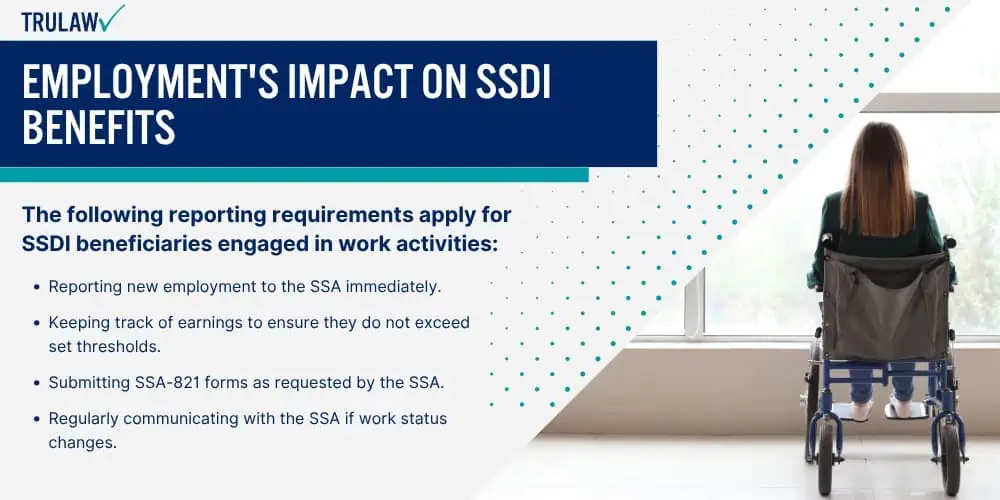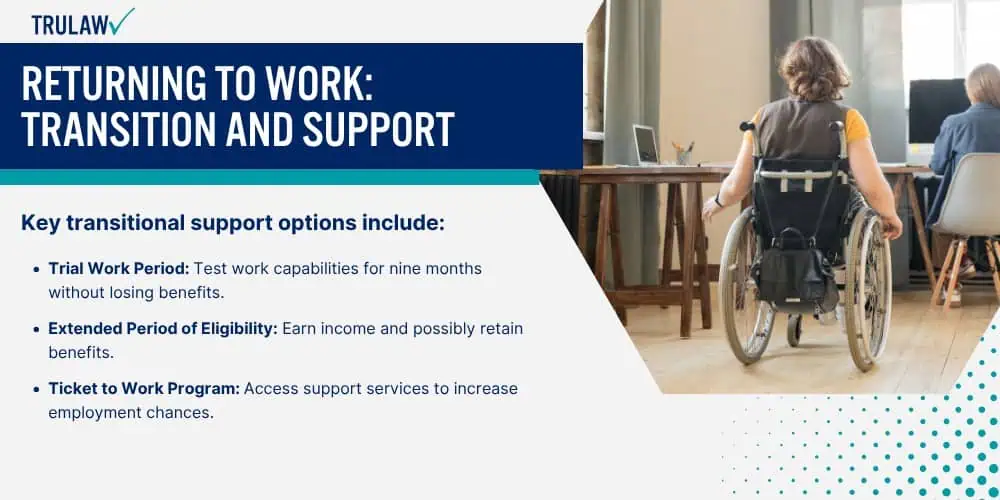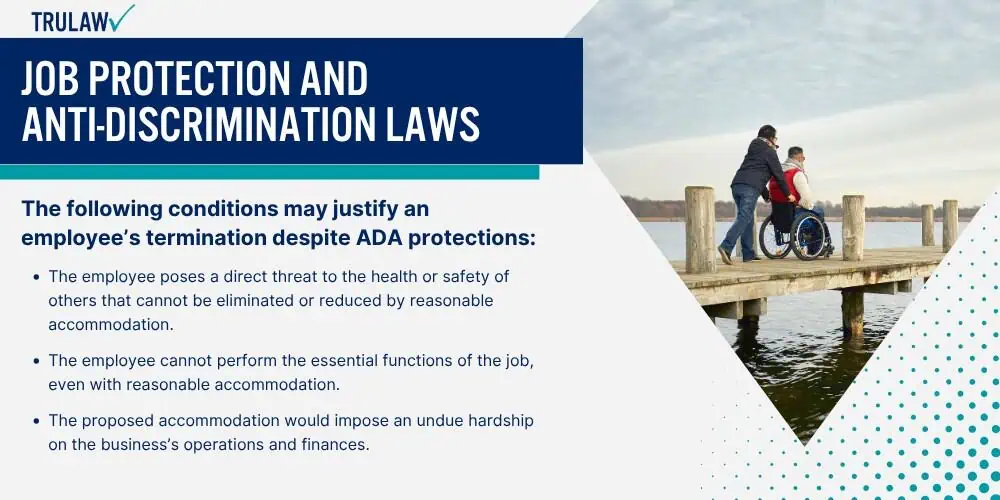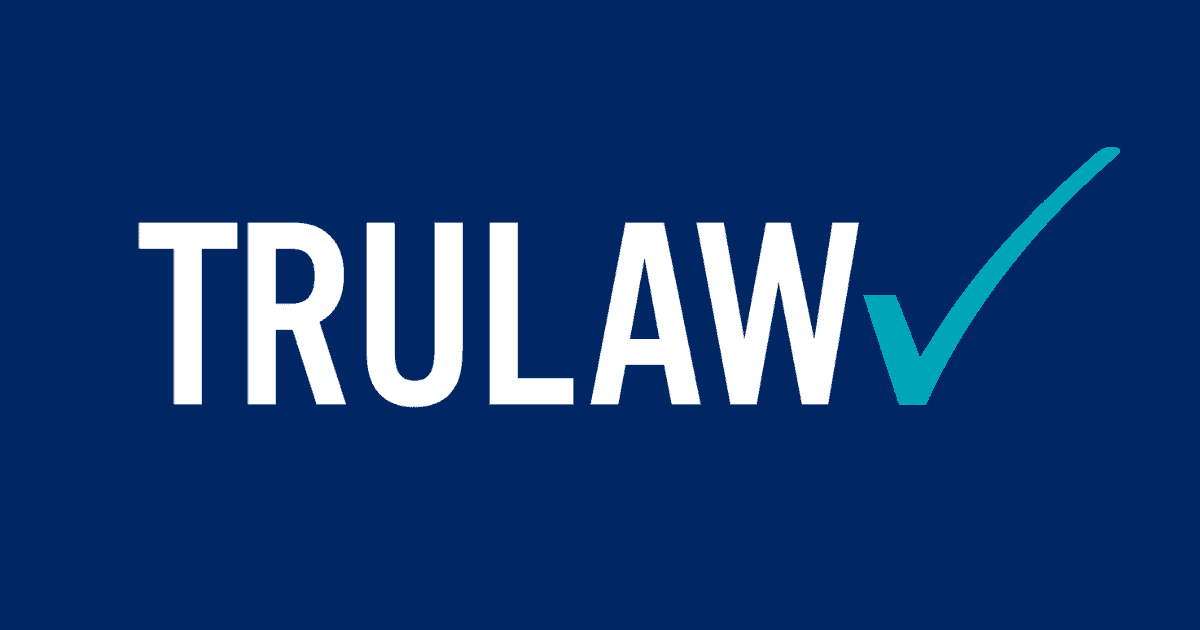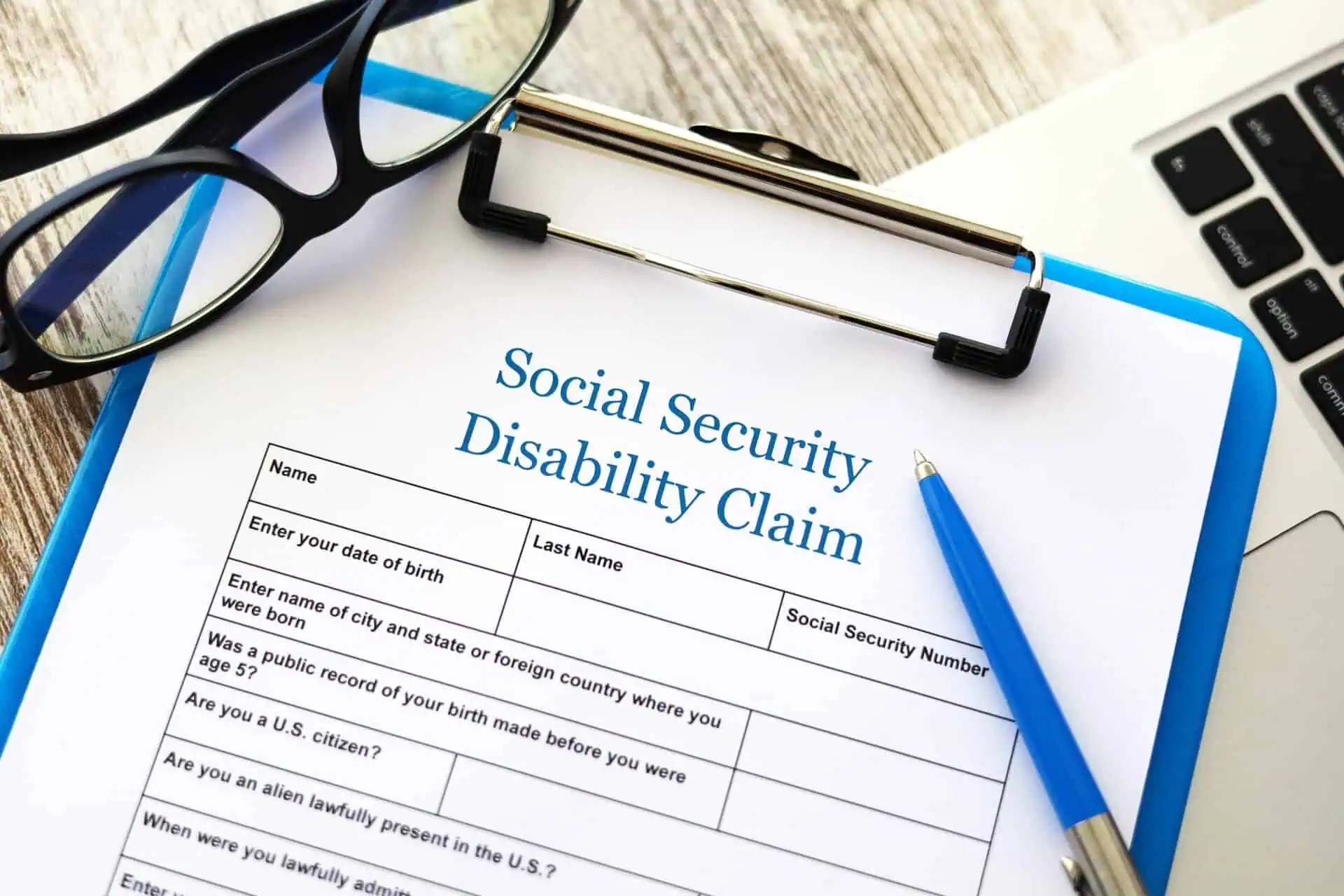Under Social Security Disability Insurance (SSDI) rules, while receiving benefits, the focus is on the ability to work rather than maintaining a current employment status.
However, being terminated from a job while on disability might lead to legal complications if the firing is due to the individual’s disability or contradictory to applicable labor laws.

Most jurisdictions protect employees from being fired solely based on their disability or for taking necessary leave.
Nevertheless, an employer can discharge an employee under SSDI if the termination is not related to the disability itself but rather to performance issues or business needs, provided these actions comply with ADA guidelines and other local employment laws.
Trial Work Period (TWP) Explained
The Trial Work Period (TWP) is an essential component of SSDI that enables beneficiaries to test their ability to work without jeopardizing their benefits.
During this period, which lasts for nine months, individuals can earn any amount and still receive their full SSDI benefits.
The purpose of the TWP is to encourage individuals to return to the workforce and assess their capacity to engage in substantial gainful activity (SGA) without the immediate risk of losing benefit payments.
Main features of the Trial Work Period (TWP) include:
- Allows SSDI recipients to work for nine months without losing benefits
- Monthly earnings that exceed a specific amount, defined by the SSA, count as trial work months
- Does not have to be consecutive and spans a 60-month rolling period
- The amount earned during these months is considered but not the hours worked
The TWP allows beneficiaries the flexibility to explore new career options or return to work part-time or full-time.
By providing this period, the SSDI program reduces the fear among recipients that attempting to work could lead to the immediate termination of benefits.
This policy’s flexibility reflects the understanding that returning to the workforce is a gradual process for many individuals on disability.
Extended Period of Eligibility (EPE)
Following the completion of the Trial Work Period, the Extended Period of Eligibility (EPE) comes into play, ensuring a continuation of potential support.
This phase lasts for 36 consecutive months, where recipients may still receive benefits for months in which they do not earn over the substantial gainful activity (SGA) threshold.
The EPE allows beneficiaries to have their benefits reinstated automatically within this period if their earnings drop below SGA.
Key aspects of the Extended Period of Eligibility (EPE) are:
- Provides a 36-month re-entitlement period for SSDI beneficiaries
- Allows for automatic benefit reinstatement if earnings fall below SGA
- Enables a safety net as beneficiaries adjust to workforce reentry
- Continued Medicare coverage during the EPE
The EPE is vital for supporting a beneficiary’s transition back into gainful employment while providing a safety net if their work attempt does not succeed.
This period ensures that individuals have enough time to stabilize their employment situation without the fear of losing their SSDI benefits abruptly.
Furthermore, maintaining Medicare coverage during the EPE underscores the program’s commitment to continued health support for individuals engaging in work activities.

